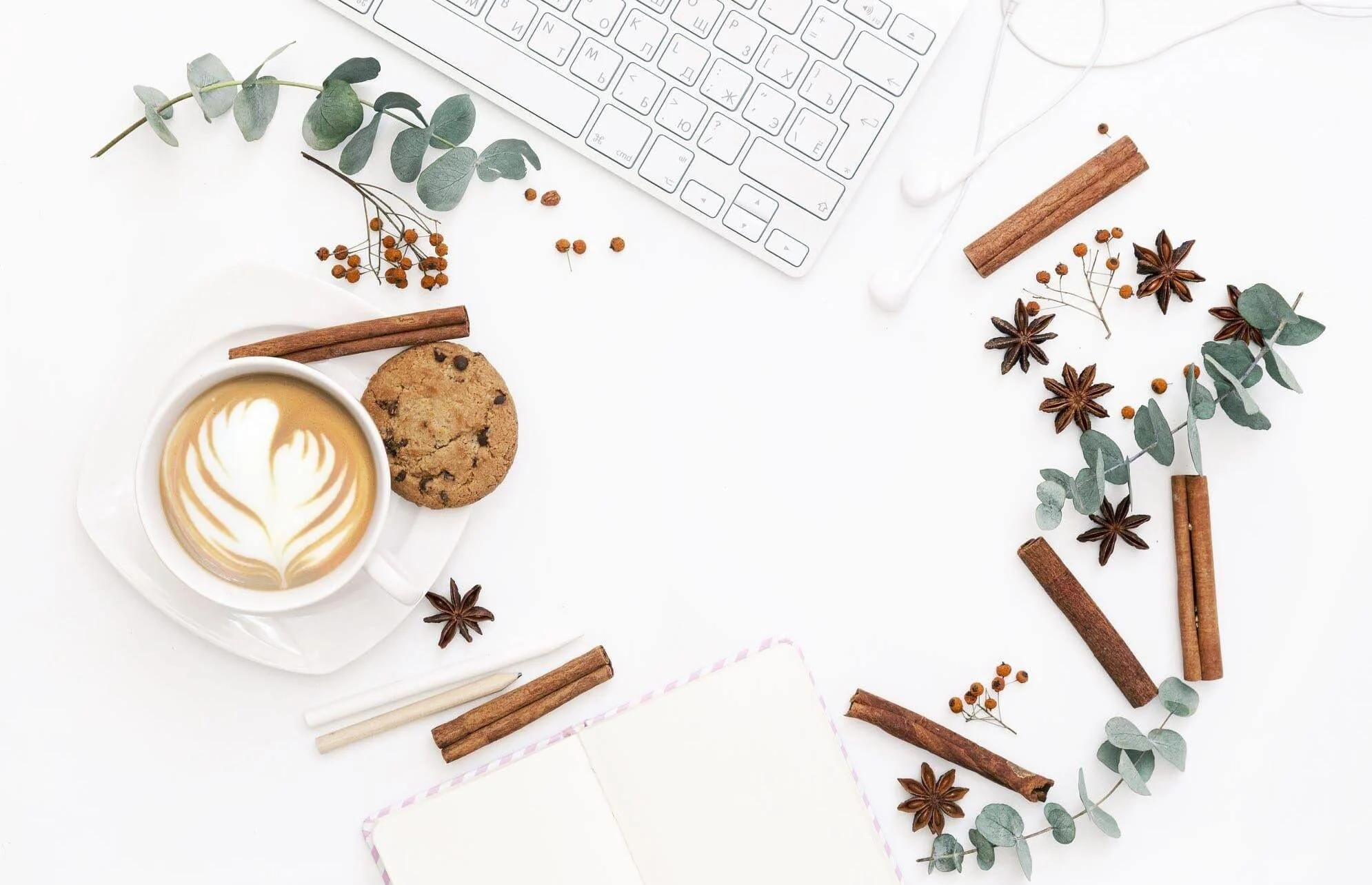Flat lay — shoot from above for graphic storytelling
Flat lay photography — also known as the bird’s-eye view — is one of the most useful and accessible composition techniques for smartphone photographers. It gives your viewer a top-down perspective that removes distractions, organizes your elements neatly, and draws attention to form, color, and story.
It’s widely used in product photography, food photography, flat-design layouts, and minimalist art. And the best part? You can do it almost anywhere with your phone, good light, and a little setup.
What is a flat lay?
A flat lay is a photo taken directly above your subject, looking straight down. There’s no tilt, no perspective distortion — just a flat composition where everything lies on a single horizontal plane.
This style emphasizes:
Arrangement: Every item has its place
Shape and texture: Seen from above, details pop
Storytelling: You can build scenes, collections, or moods
Graphic quality: The scene becomes almost two-dimensional, like a poster
Why flat lays work so well
Remove depth distractions: Everything sits on one level — no background interference
Give full control over composition: You arrange every element
Suit smartphone lenses: Wide-angle lenses excel in top-down views
Feel polished and intentional: When well-composed, flat lays look professional
The overhead angle feels organized, clear, and thoughtfully constructed — and your audience will feel that too.
How to shoot flat lays with your phone
Find the right surface
Choose a clean, textured, or colored background — wooden tables, white paper, fabric, tiles, or concrete all work well.Shoot directly overhead
Hold your phone flat and parallel to the surface. Use gridlines to keep your framing level and aligned.Use natural light
Side light from a window works best — avoid overhead light that casts hard shadows below each object.Stabilize if needed
Use a tripod with a horizontal arm, or carefully shoot handheld and use burst mode for sharp results.Arrange with intention
Think in terms of balance, spacing, shape, and flow. Odd numbers often look more natural.
Subjects that work well for flat lays
Food and drink
Stationery, books, or journals
Travel items and gear
Fashion accessories
Flowers, plants, or seasonal decor
Tools, tech, and workspace setups
If it can lie flat and be arranged, it’s a candidate for a compelling flat lay.
Composition tips
Use leading lines: Arrange utensils, pens, or cords to direct the viewer’s eye.
Add negative space: Don’t crowd the frame — let items breathe.
Stick to a color palette: Harmonious tones keep the image clean and strong.
Use props to tell a story: Every item should add to the narrative or mood.
Avoid reflections: Watch for glare on shiny surfaces when shooting from above.
When to use flat lay
To create product or food shots that look polished and professional
When you want total control over the scene
For social media, editorial content, or instructional imagery
When your subject’s form is strongest from above
When not to use it
For tall or three-dimensional objects that lose impact when flattened
In scenes with strong perspective or where depth is part of the story
When the background is busy or cluttered
Flat lays work best when they simplify and clarify the subject — not when they flatten something meant to feel dimensional.
Did you know?
Flat lay photography dates back to overhead film shots in the early 20th century, often used in fashion and product catalogues. It gained new popularity with Instagram, where minimalism, branding, and storytelling converge. Today, flat lays are a standard in content creation — and smartphones make them more accessible than ever.
Common mistakes
Shooting at an angle — which creates unwanted distortion
Uneven lighting — hard shadows that fall inconsistently
Too many items or poor spacing — which creates visual clutter
Not checking corners — distracting objects often sneak into the frame
Take a moment to review your setup before hitting the shutter — flat lays are all about precision.
Related techniques
Use the search bar above to search for any composition technique, including the below:
Symmetry and asymmetrical balance
Minimalism
Fill the frame
Conclusion
Flat lays aren’t just for social media influencers — they’re for anyone who wants to present a subject cleanly, creatively, and with full control. The bird’s-eye view invites the viewer into your scene and rewards them with clarity and composition.
📘 Flat lays are just one of the many techniques you’ll master in Stronger Photo Composition - 4-Step System. If you’re ready to make your photos more deliberate, more stylish, and more shareable — this book shows you how.
👉 Buy the physical book or PDF version of Stronger Photo Composition - 4-Step System

